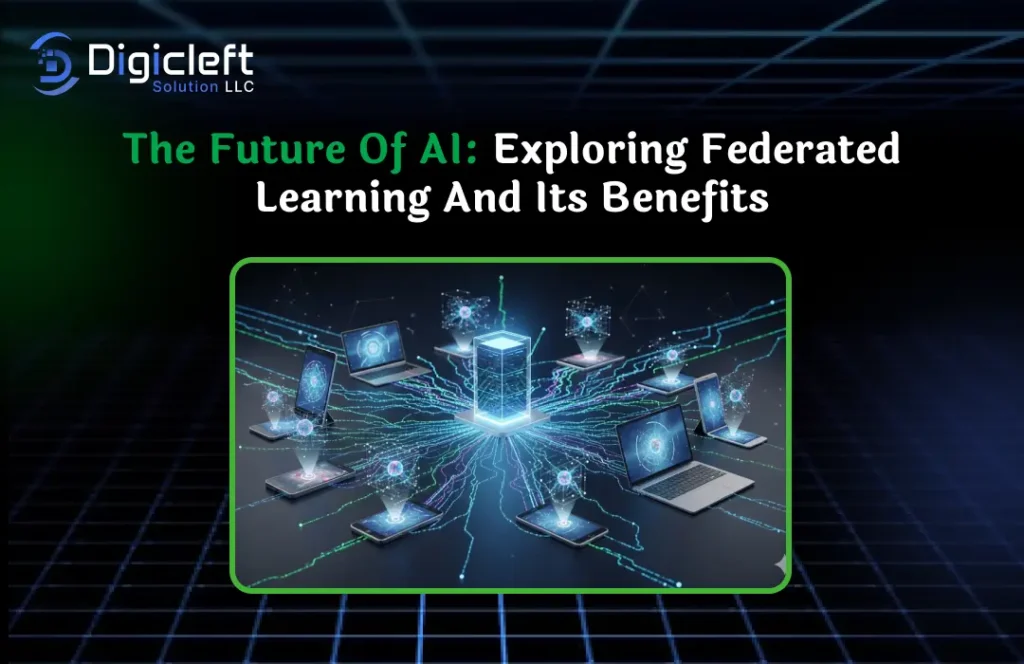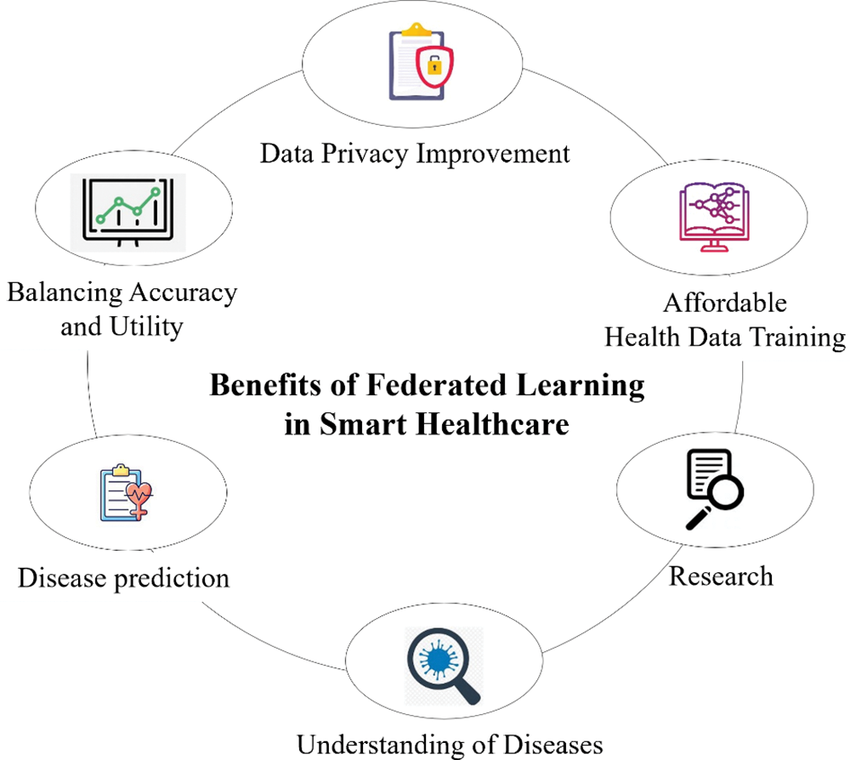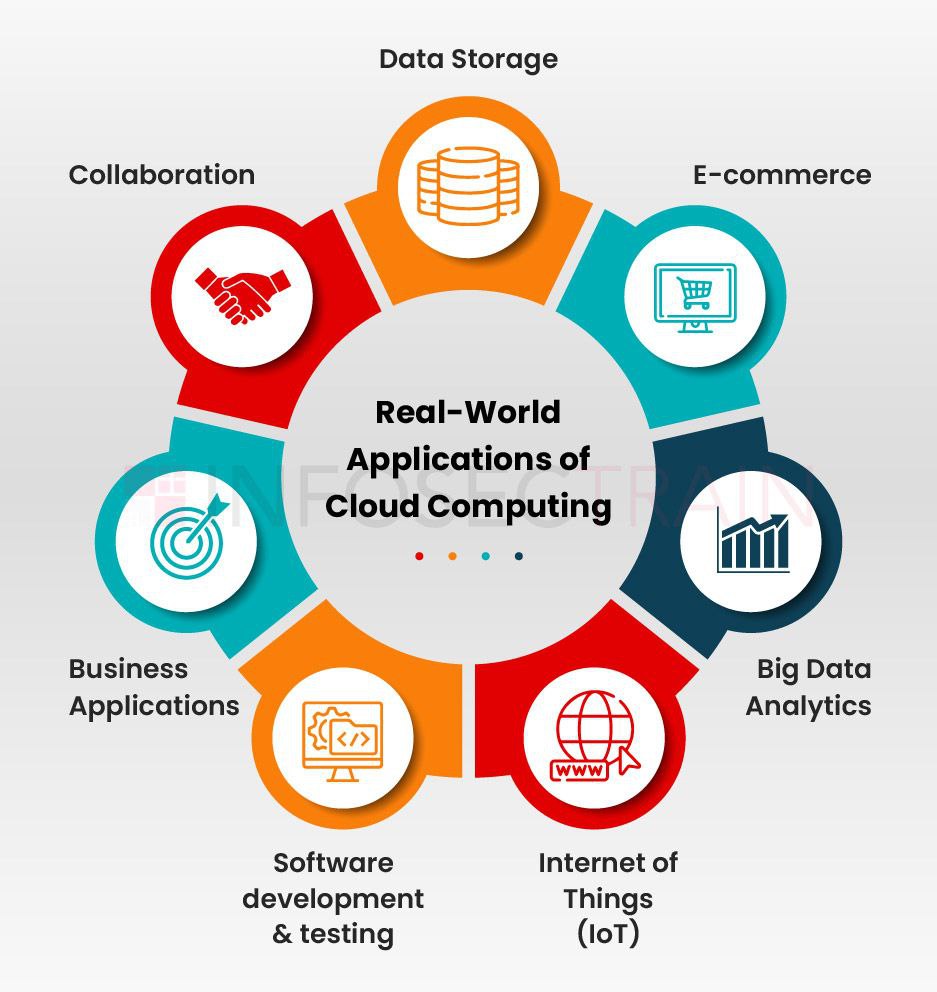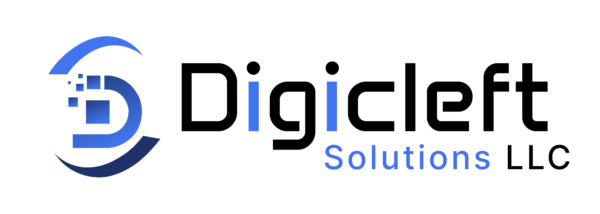
Artificial Intelligence (AI) is moving faster than ever. But with all its growth, one burning question remains how do we balance innovation with privacy? This is where federated learning enters the scene. Instead of collecting all your data in one place, federated it’s lets AI models learn directly on your device while keeping your data safe. Think of it as teaching AI without handing over your secrets.
The Evolution of Artificial Intelligence
In the early days, systems were built around centralized models. That meant data from millions of users was gathered in one huge server, trained, and then sent back to devices. While this worked, it brought major challenges privacy risks, high data transfer costs, and security concerns. Today, with rising awareness of data rights and regulations like GDPR, there’s a massive shift happening. AI is being reimagined as privacy-first, decentralized, and user-centric. Federated it’s is leading the charge.
Understanding Federated Learning
At its core, federated it’s is simple. Instead of sending your personal data to the cloud, your device trains the AI locally. Only the model updates (not your private data) are shared back with a central server.
How it works:
- AI model is sent to your device.
- Your device trains the model using local data.
- Only updates (patterns, not raw data) are sent back.
- The central server combines updates from all devices to improve the global model.
Benefits of Federated Learning

- Enhanced Data Privacy: Data never leaves your device, reducing privacy risks.
- Reduced Data Transfer Costs: Only lightweight updates are exchanged.
- Real-Time Model Updates: Models update faster, improving personalization.
- Scalability Across Industries: Works for smartphones, cars, medical devices, and more.
Federated Learning vs. Centralized Learning
Centralized AI collects everything in one place, while federated it’s distributes training across many devices. Centralized systems may still work better for massive datasets, but federated models shine in privacy, speed, and personalization.
Real-World Applications

- Healthcare: Train AI on patient records without exposing sensitive data.
- Finance: Detect fraud across millions of transactions without sharing private details.
- Smart Devices: Predictive text on your phone keyboards is already powered by federated learning.
- Autonomous Vehicles: Cars learn driving patterns without sharing raw footage.
- Retail: Personalized shopping without invading customer privacy.
Federated Learning and Data Privacy Regulations
With strict rules like GDPR and CCPA, businesses need solutions that respect privacy by design. Federated learning naturally fits since it reduces reliance on central data storage.
Challenges
- Communication Costs: Frequent updates may increase network load.
- Data Imbalance: Not all users generate the same quality of data.
- Security Risks: Model updates themselves can be attacked.
- System Complexity: Coordinating millions of devices is difficult.
The Role in Edge Computing
Edge devices like smartphones, wearables, and IoT gadgets are becoming mini-computers. Federated learning allows them to train AI directly, reducing latency and reliance on cloud servers.
Future Trends
- Blockchain Integration: Securing federated updates.
- Hyper-Personalized AI: Assistants that know you deeply without violating privacy.
- Cross-Industry Collaboration: Safe data sharing between industries.
How Businesses Can Leverage Federated Learning
Adopting federated it’s requires investment in edge computing, collaboration systems, and strong security measures. Companies like Digicleft Solution are helping businesses embrace AI responsibly with privacy-first approaches.
Federated Learning and Ethical AI
Trust is everything. Users want AI that’s not only smart but also fair, transparent, and responsible. Federated learning enables ethical AI by giving users control over their data.
Global Impact
For developing countries, federated it’s is a golden opportunity. It enables innovation without massive infrastructure or risking sensitive data. Globally, it could become the backbone of digital transformation.
Conclusion
Federated learning is more than just another AI buzzword it’s the future. By blending privacy, efficiency, and intelligence, it promises a smarter world where data doesn’t have to be sacrificed for innovation.
FAQs
- 1. What makes federated learning different from traditional AI? It trains models locally on devices instead of centralizing raw data.
- 2. Can small businesses use federated learning? Yes! With tools and partners like Digicleft Solution, even small businesses can adopt it.
- 3. How secure is federated learning? More secure than centralized models, but updates still need encryption.
- 4. Is federated learning the future of AI personalization? Absolutely, it enables hyper-personalization without privacy risks.
- 5. Which industries benefit most? Healthcare, finance, IoT, retail, and autonomous vehicles are leading adoption.


